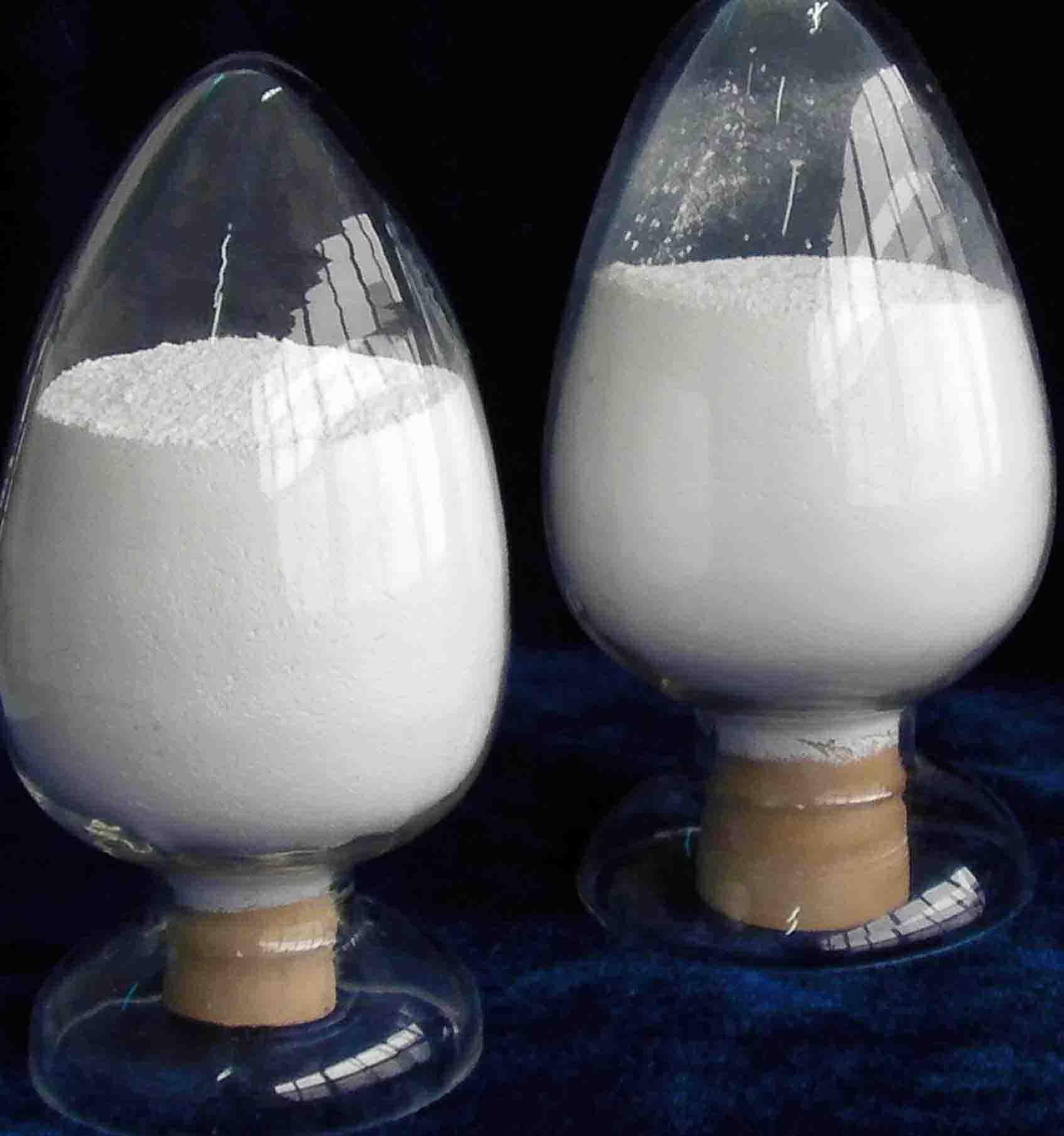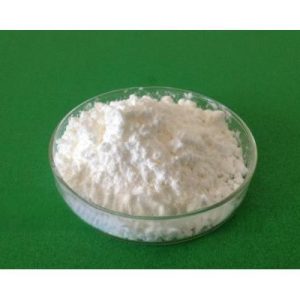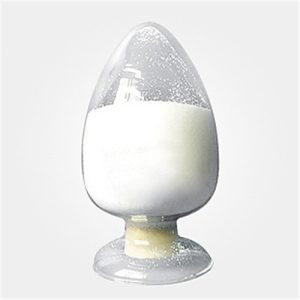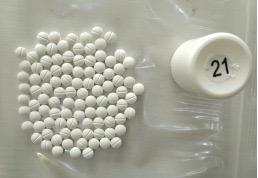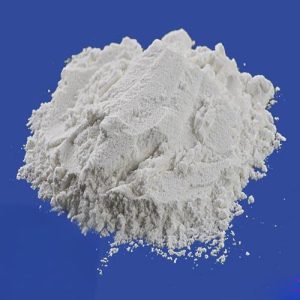Dutasteride is primarily used to treat prostate hyperplasia and male pattern baldness. It works by inhibiting the 5α-reductase enzyme to reduce levels of dihydrotestosterone (DHT), thereby reducing symptoms caused by prostate hyperplasia. Dutasteride is available under the brand names Avodart and Duagen and is usually available in dosages of 0.5 mg or 5 mg.
Dutasteride Dosage
It is usually used as an oral medication and is generally recommended to be taken once a day, either with a meal or on an empty stomach. Patients should use the medication exactly as recommended by their doctor and avoid overdosing or discontinuing the medication. Regular review and monitoring is necessary during the use of Dutasteride to ensure efficacy and safety. A common dose of Dutasteride is 0.5 milligrams (mg) a day, or once daily. Dose adjustments should be determined by your doctor on a patient-specific basis.
Dutasteride vs finasteride
Dutasteride powder is a synthetic 4-azasteroid compound. It is a dual inhibitor of type 1 and 2 isoforms of 5α-reductase unlike finasteride, the first marketed 5α-reductase inhibitor, which only acts on type 2 isozyme. It is a 3-fold greater inhibitor of type-2 5α-reductase than finasteride in men and has greater effect on the type-l than on type-2 isozyme. In animal models,dutasteride exhibited superior efficacy and pharmacokinetics compared to finasteride.
In patients with benign prostate hyperplasia, administration of duta was shown to dose-dependently decrease serum dihydrotestosterone levels with greater efficacy as compared to finasteride (95% vs 67%). Serum testosterone levels increased with both active drugs, in conjunction with dihydrotestosterone suppression but remained within normal ranges. In long term studies, in men with moderate to severe benign prostate hyperplasia, once daily duta significantly reduced prostate volume, reduced the risk of acute urinary retention and surgery by 57% and improved lower urinary tract symptoms and urinary flow measurements.
dutasteride Side effects
The most commonly reported side effects of dutasteride, although rare, include sexual dysfunction and depression. In the largest available study of 6,729 men with BPH, 9% experienced erectile dysfunction (compared to 5.7% treated with a placebo), 3.3% experienced decreased sex drive (vs 1.6% of placebo), and 1.9% had enlarged breasts (vs 1% of placebo). Exposure during pregnancy is specifically contraindicated because antiandrogens such as It have been shown to interfere with the sexual development of male fetuses.
Melting point 242-250°C
Boiling point 620.3±55.0 °C(Predicted)
density 1.303±0.06 g/cm3(Predicted)
storage temp. -20°C
solubility DMSO: soluble2mg/mL, clear
pka 13.32±0.70(Predicted)
form powder
color white to beige
optical activity [α]/D +18 to +24°, c = 1 in chloroform-d
BCS Class 2/4
InChIKey JWJOTENAMICLJG-QWBYCMEYSA-N
SMILES N1[C@@]2([H])[C@@](C)([C@@]3([H])CC[C@@]4(C)[C@]([H])([C@]3([H])CC2)CC[C@@H]4C(NC2=CC(C(F)(F)F)=CC=C2C(F)(F)F)=O)C=CC1=O
More Introduction:https://en.wikipedia.org/wiki/Dutasteride
